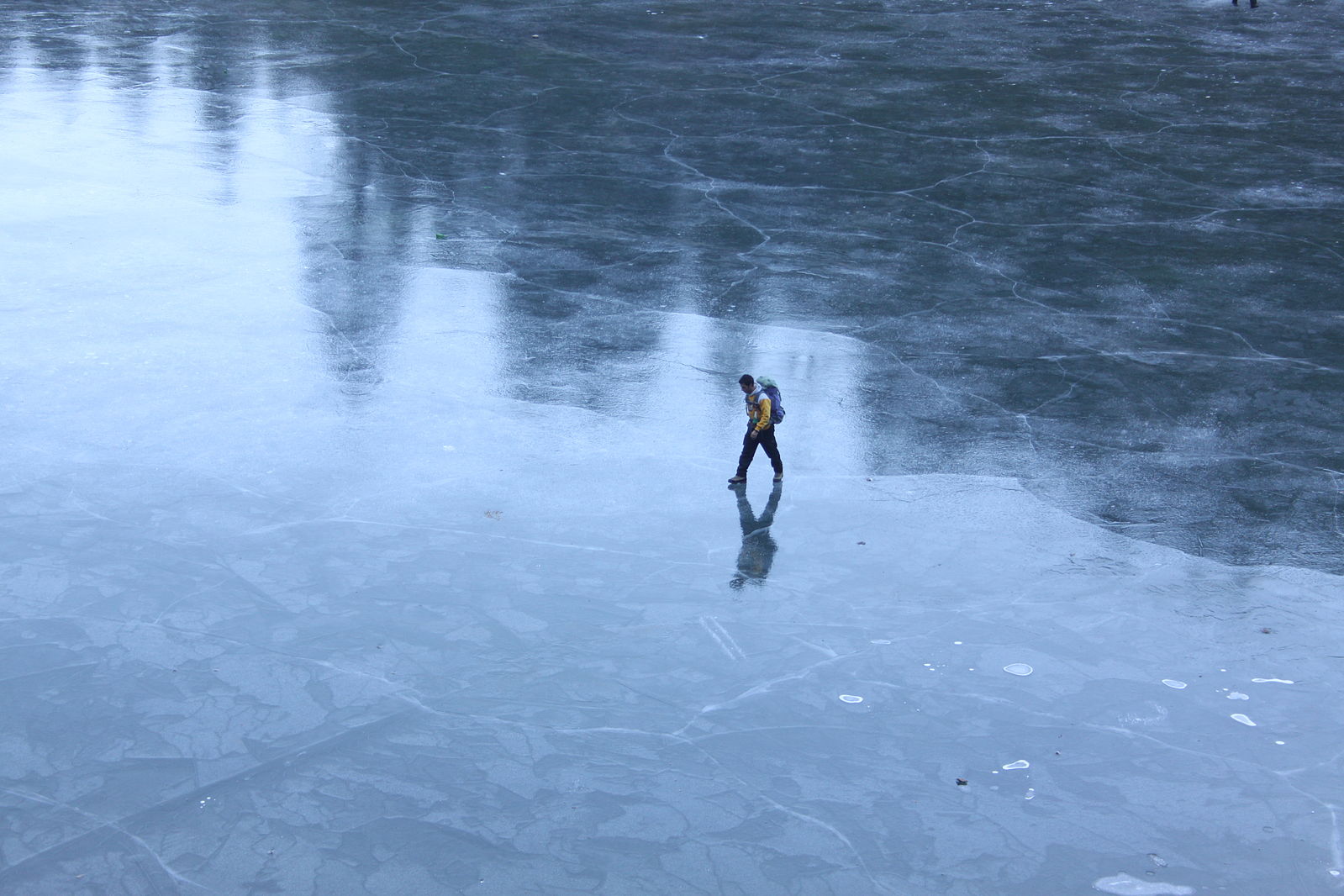
Lakes within the Arctic exist at a specific climatic threshold; driven by the influences of water volume, ice regime and surrounding impacts (atmospheric conditions, river input and topography). When these influences are altered, so too is the lake system. Changes are more evident in vulnerable shallow lake systems. Ice regime, the depth and duration of ice coverage and lake stratification is particularly important in terms of climate change. With Arctic temperatures expected to increase, duration of ice coverage over Arctic lakes will decrease. Less ice throughout the year can induce amplified evaporation and loss of water habitat. Conversely, an increase in lake systems may occur with widespread permafrost thaw (Prowse, et al., 2011).
Generally, climate change is expected to alter Arctic lake ice regime with earlier spring ice break-up and possible ice-free conditions throughout the year. Ice-free conditions may enhance primary productivity, and lead to phytoplankon blooms and decreased albedo. With less solar radiation reflected off of lake surfaces, heightened UV exposure is probable. Ice loss can alter the vertical stratification of lakes, altering habitats and community structures. Earlier, shallower thermoclines mean higher temperature differences between surface and benthic regions. This thermal regime alteration will affect nutrient availability and oxygenation (Prowse, et al., 2011).
Many northern lakes are already showing vulnerability to climatic changes. Ward Hunt Lake is Canada’s northernmost lake and has suffered severe melting in recent years. For at least half century there was thick perennial ice on Ward Hunt Lake, surviving through the summer into subsequent winter seasons. Recently, in 2011 and 2012 the lake had ice free periods after a rapid melting trend starting in 2008. The sudden change is due to a number of factors, but particularly warm summer temperatures and the resulting positive feedback. Ward Hunt Lake serves as an example of the vulnerability of northern lakes to ice loss. Rapidly, large quantities of ice can disappear with only minor changes outside of the lake’s climatic threshold (Paquette et al., 2015).
Material on this page was provided by Maren Pauly and Tristan Mills, Department of Geography, University of Waterloo. Hover over image for photography credit.
